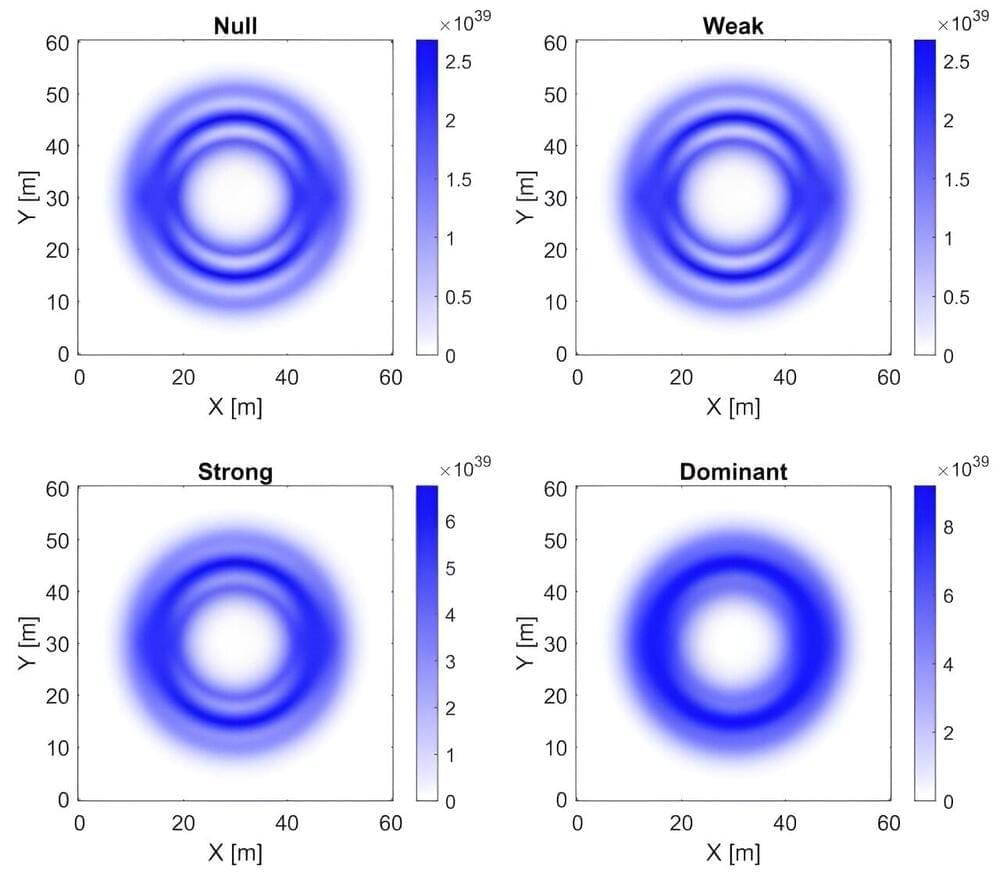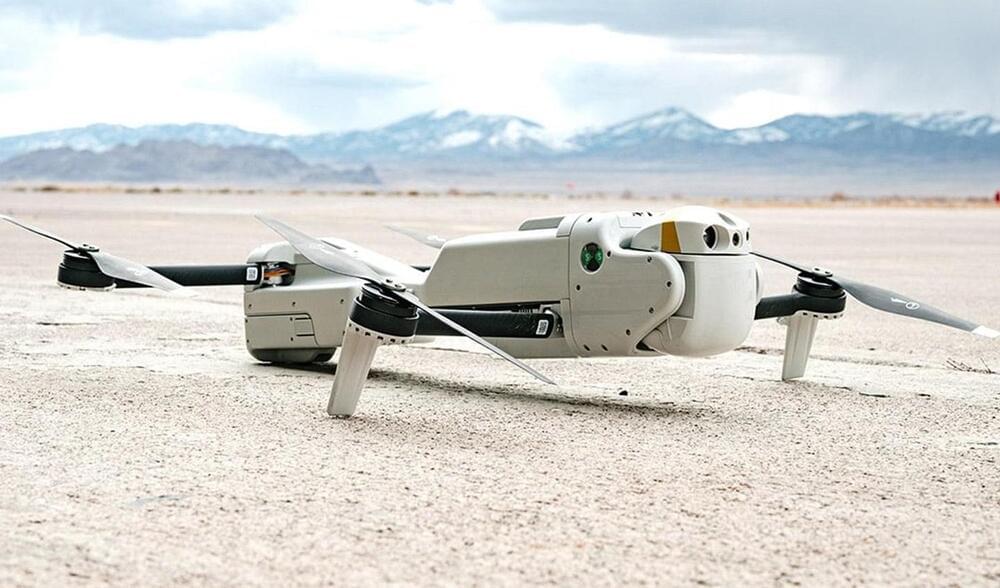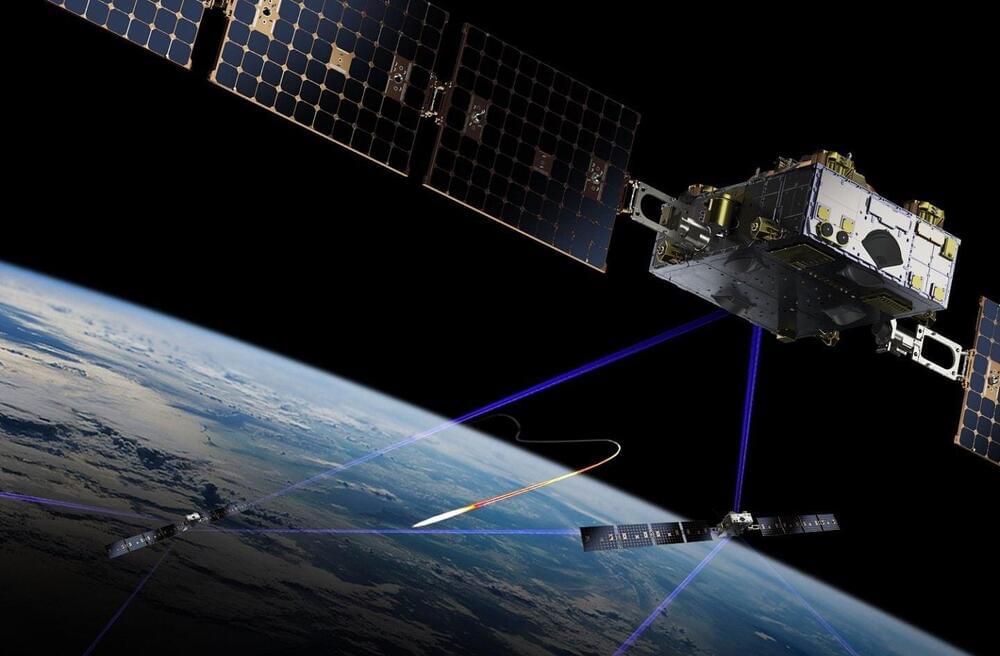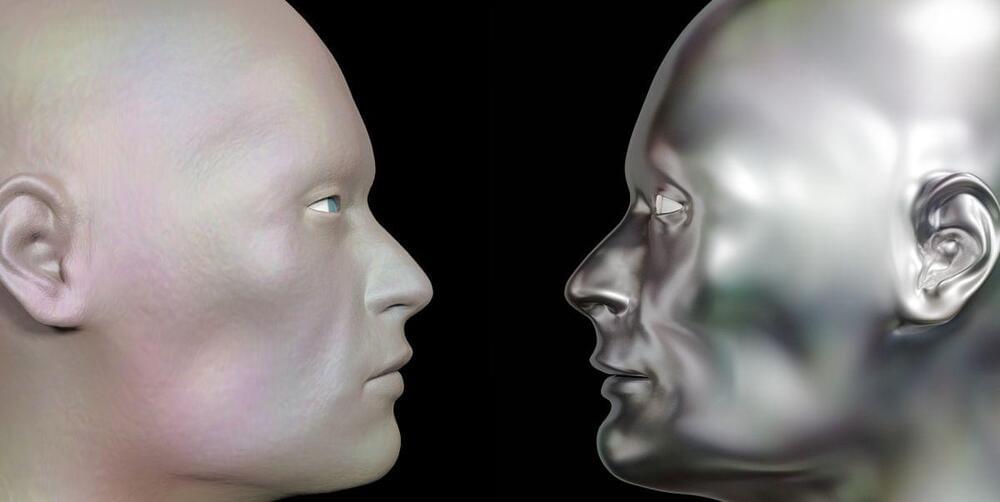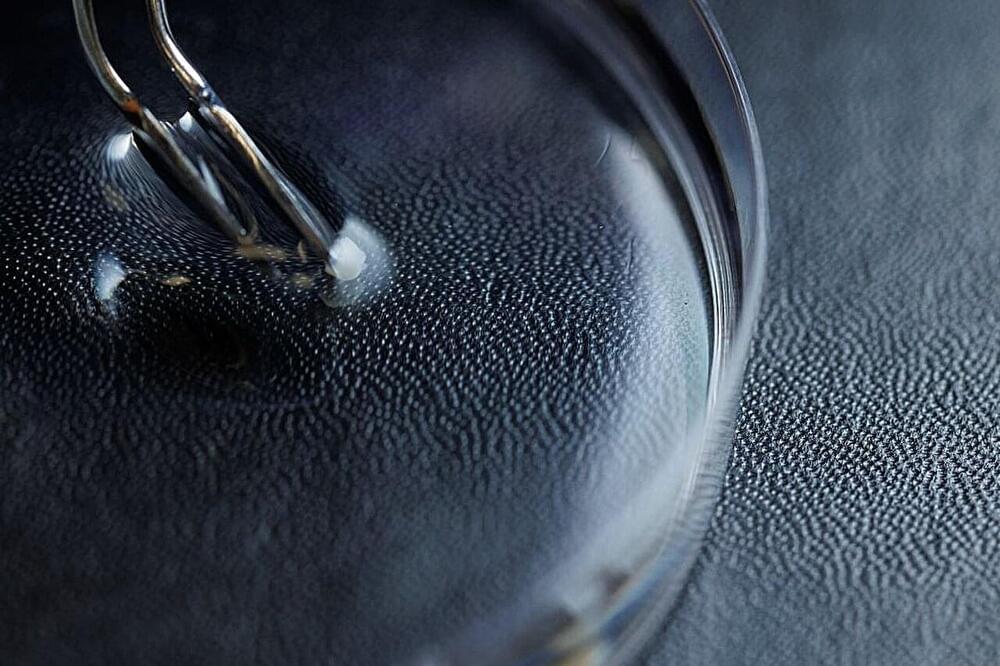The ability to store molecules in reconfigurable optical traps could allow researchers to harness the rich physics of molecules in quantum applications.





By Rachel Kremen, Princeton Plasma Physics Laboratory
The intricate dance of atoms fusing and releasing energy has fascinated scientists for decades. Now, human ingenuity and artificial intelligence are coming together at the U.S. Department of Energy’s (DOE) Princeton Plasma Physics Laboratory (PPPL) to solve one of humankind’s most pressing issues: generating clean, reliable energy from fusing plasma.
Scientific discovery doesn’t always require a high-tech laboratory or a hefty budget. Many people have a first-rate lab right in their own homes—their kitchen.
